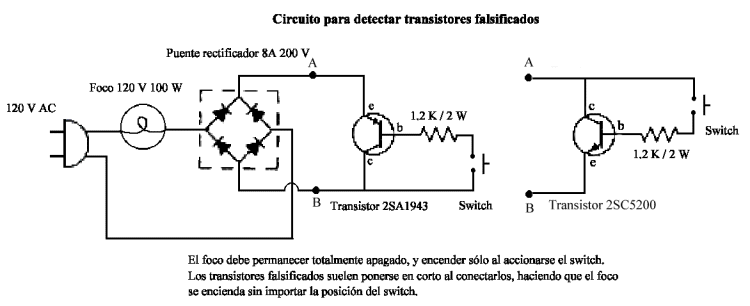Originally posted by Roberto
View Post
Even Marshall themselves switched to TIP142/147 in later production.
I trust them as much as these Dollar bills:





Comment